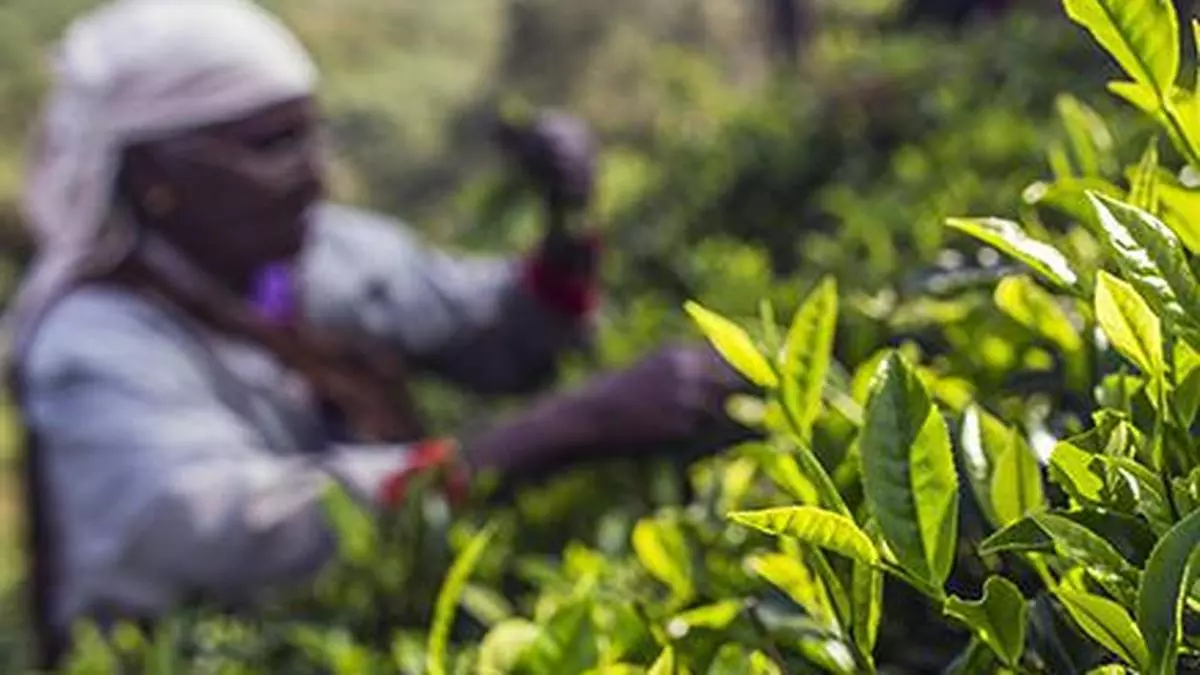Pest detection in tea gardens to get an AI touch soon
Artificial intelligence (AI) based aerial imaging solution for detecting pest attacks on tea crop is in the offing.
Entities such as the UPASI Tea Research Foundation, the Centre for Development of Advance Computing (CDAC) and the Indian Institute of Technology Kharagpur have started working on developing the AI-based imaging solution, which is expected to help tea planters overcome the pest detection challenges.
Tea planters have been facing increasing incidence of pest attacks such as Tea Mosquito bug and red mites among others in the context of changing climatic patterns.
Besides tea mosquito bugs, thrips and red spider mites, which are the major pests attacking tea, the crop also faces diseases such as blister blight and grey blight. Lack of prior information on pests and diseases is a major challenge faced by tea growers.
- Also read: Coonoor tea prices rise on upcountry demand
R Victor J Ilango, Director, UPASI TRF, said the development of AI based solution is being funded by the Tea Board.
As manual monitoring of pests and diseases in the large, hilly regions of the plantation areas in a major challenge, the development of an aerial imaging based solution for monitoring and spraying of pesticides was considered as an ideal option.
Images generated by a drone will be used for the aerial crop surveillance for the pest detection as part of the solution.
Amitava Akuli, Associate Director, CDAC, said the solution is likely to be made commercially available in about two years time. Lack of data was a big challenge in the development of the solution and UPASI TRF has been making available of data and the pest infected leaves for developing the machine learning solution.
CDAC Kolkata is developing software, while IIT Kharagpur is developing the AI/ML models for classification and identification of pest infestation using the multispectral images. A decision support system including a mobile navigation app is being developed as part of the initiative.
Ilango said the mobile navigation app will assist the plantation staff in locating and reaching the pest infested areas or the hotpsot. Spraying of chemicals can be done manually or using a drone, he said.
